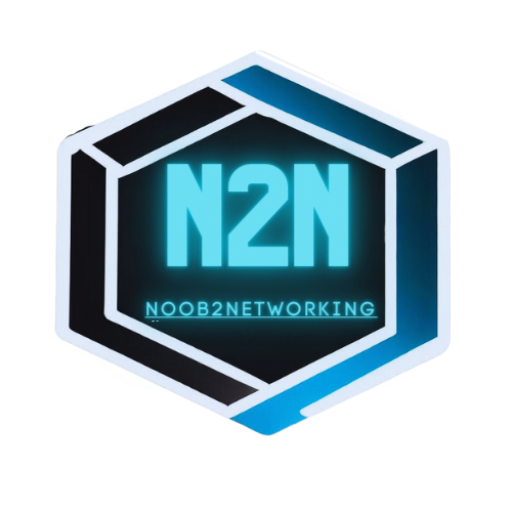🌐💻📈
Welcome to Tech-Up Tuesday, where we unravel the mysteries of SDH (Synchronous Digital Hierarchy). In this post, we’ll embark on a journey to demystify SDH, using analogies, emojis, and a touch of humor to make it entertaining and accessible to both tech enthusiasts and non-tech folks. Get ready to dive into the world of SDH, where digital signals travel in harmony like a synchronized dance troupe, ensuring efficient and reliable data transmission.
What is SDH?
Imagine SDH as a bustling highway system for digital data, connecting cities, towns, and villages with an organized and synchronized flow. Just like a well-coordinated dance routine, SDH ensures that different data signals move in perfect harmony, maximizing efficiency and minimizing delays.
The Hierarchy of Synchronization
SDH follows a hierarchical structure, much like a pyramid of performers in a circus. It organizes data into different levels, each with its own specific capacity and synchronization. Think of it as a team of acrobats working together seamlessly, with each member having their own role to play.
Building Blocks: Containers and Multiplexing
SDH uses containers to package data, similar to how containers hold different items in a grocery store. These containers can be filled with various data streams, such as voice, video, or internet traffic. Multiplexing comes into play, where multiple containers are combined into larger containers, like nesting dolls, allowing efficient transportation of diverse data types.
Clocking in Sync
Just like a conductor keeps a symphony in perfect rhythm, SDH relies on precise clocking to ensure synchronization. Clock signals act as the heartbeat of SDH, coordinating the timing of data transmission across the network. It’s like having a metronome that guides every performer to move in perfect time.
Benefits of SDH
SDH brings numerous benefits to the world of digital communication:
- Reliability: SDH is designed with fault tolerance in mind, ensuring that even if one part of the network encounters a glitch, the rest of the system continues to function seamlessly.
- Scalability: SDH offers scalability to meet the growing demands of data transmission, making it suitable for both small-scale and large-scale networks.
- Flexibility: SDH allows for the efficient and simultaneous transmission of various types of data, ensuring that voice, video, and internet traffic can coexist harmoniously.
Fun Fact: SDH and the Circus Act
🎪 Did you know that SDH draws inspiration from the world of circus acts? Just like a well-coordinated circus performance, SDH ensures that data signals move in synchronization, creating an impressive and efficient spectacle of digital communication.
Conclusion
SDH, the synchronized dance of digital signals, forms the backbone of modern communication networks. With its hierarchical structure, containerization, and precise clocking, SDH keeps our data flowing smoothly and efficiently. So let’s applaud the wonders of SDH, the technology that transforms digital chaos into a beautifully orchestrated performance.


7 responses to “Tech-Up Tuesday: SDH – Synchronous Digital Hierarchy Explained”
Thank you for your sharing. I am worried that I lack creative ideas. It is your article that makes me full of hope. Thank you. But, I have a question, can you help me?
Can you be more specific about the content of your article? After reading it, I still have some doubts. Hope you can help me. https://www.binance.info/register?ref=IHJUI7TF
G’day! Heard some good noise about 123betplataforma. Seems like they’ve got a decent setup. Might give it a crack this weekend. Check out 123betplataforma and tell me what you reckon!
Yo! I’ve been messing around with 98bet lately. The odds seem pretty competitive, and the platform is smooth. Deposits and withdrawals were easy too, which is a huge plus in my book.
I’ve been playing on x888game for a bit now and it’s become one of my go-to spots. Good variety of games and decent payouts. Check it out if you haven’t already. Level up your game at x888game
Thanks for sharing. I read many of your blog posts, cool, your blog is very good. https://accounts.binance.com/register-person?ref=IHJUI7TF
Looking for the right link? Linkbong8899 seems legit. Needed a quick and easy way to get where I needed to be to bet on my favourite matches this weekend! And this was it! linkbong8899